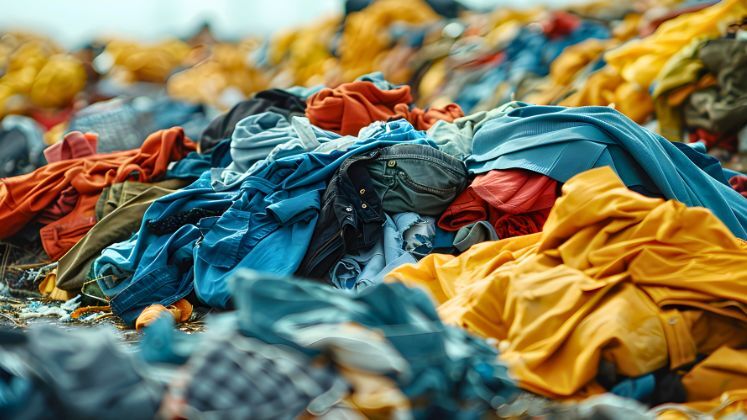
A surge in online shopping and the allure of cheap, fast-fashion garments are dramatically escalating textile waste across Europe, according to a recent report from the European Environment Agency (EEA). The EEA’s findings reveal that EU citizens are purchasing more clothing and footwear than ever before, driven by the convenience and affordability of online marketplaces, but are also discarding them at an alarming rate.
In 2022, the average EU resident bought approximately 19 kilograms of new textiles, a rise from 17 kilograms in 2019. Simultaneously, a staggering 16 kilograms of clothing are being thrown away annually, resulting in a total of 7 million metric tons of textile waste—enough to fill a large suitcase for every person in the EU. Alarmingly, 85 per cent of these discarded textiles are neither reused nor recycled, often ending up incinerated or in landfills.
This mounting waste problem has prompted the EU to finalise new regulations requiring fashion brands to pay fees for the processing of their products once they become waste. This initiative aims to incentivise brands to produce more durable and sustainable items. As of January, EU member states are mandated to implement separate collection systems for textile waste to mitigate the environmental impact. The EU has set a target for all textile products on the market to be durable, repairable, and recyclable by 2030.
The EEA report highlights the pivotal role of online marketplaces and social media in fueling the fast-fashion trend, enabling retailers to offer a constant influx of new styles at exceptionally low prices. The lack of a “try-before-you-buy” option online often leads consumers to purchase multiple sizes, resulting in a high volume of returns. Up to 44 per cent of these returned items are reportedly destroyed rather than resold.
Textiles and footwear rank as the fifth most resource-intensive category among household consumption goods in Europe. The production of these items consumed 234 million metric tons of raw materials in 2022, including fuel and cotton. While this figure represents a decrease from 2010, indicating improved resource efficiency per item, the overall volume of waste continues to escalate, posing a significant environmental challenge.






